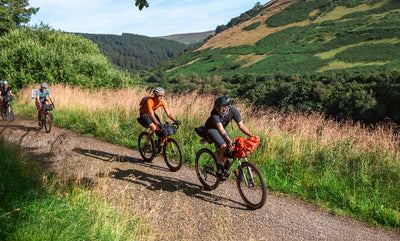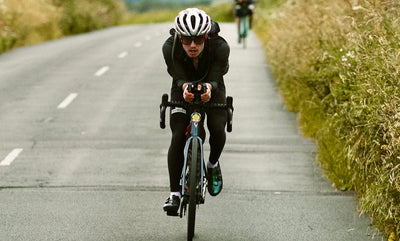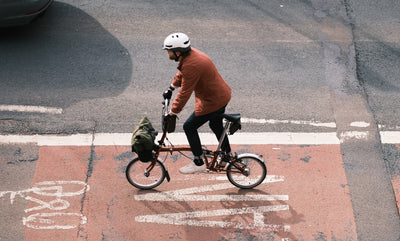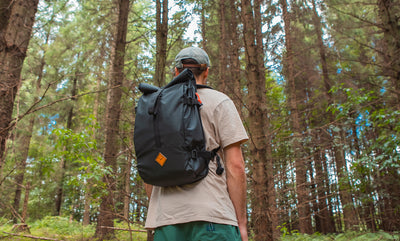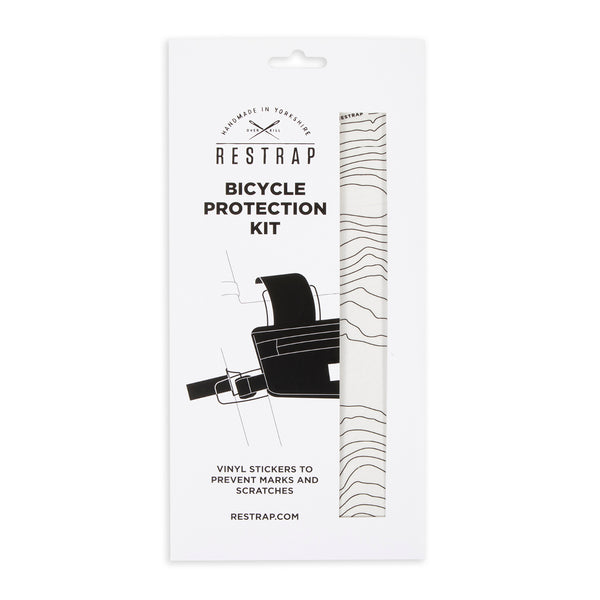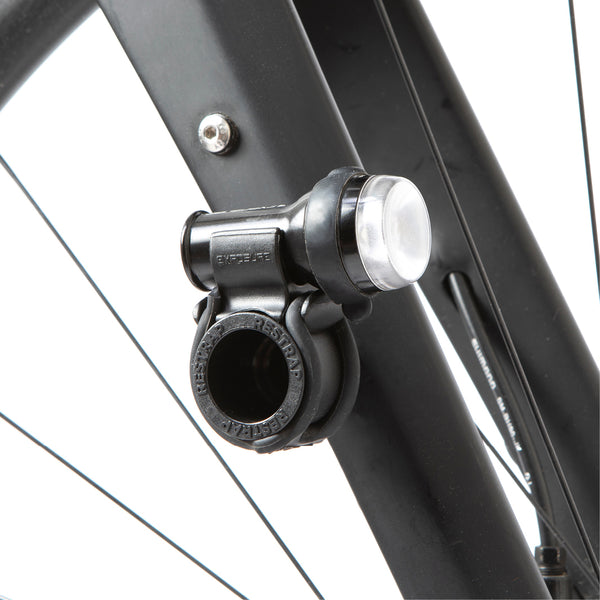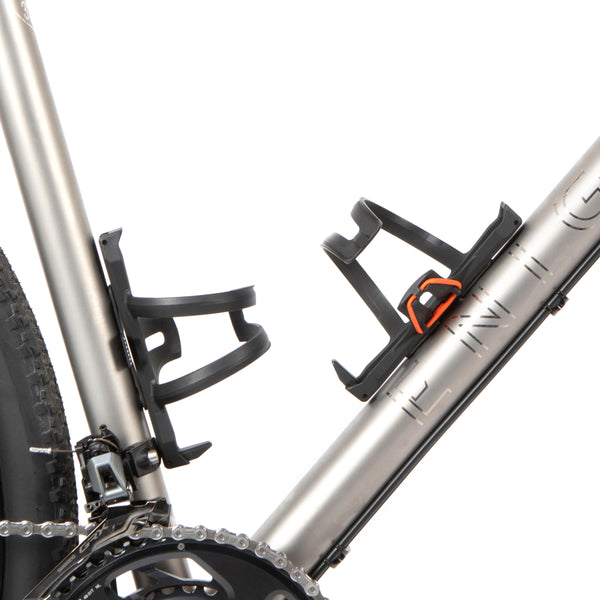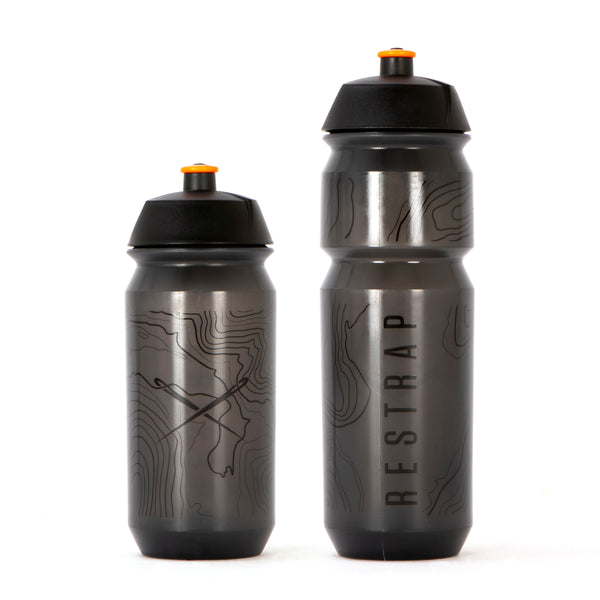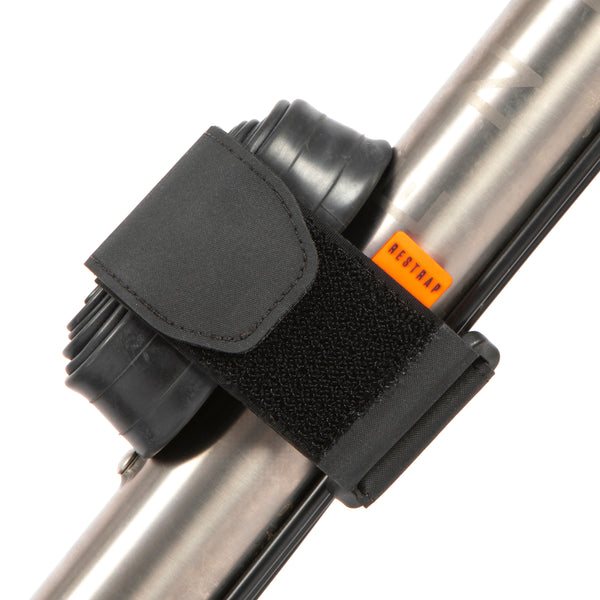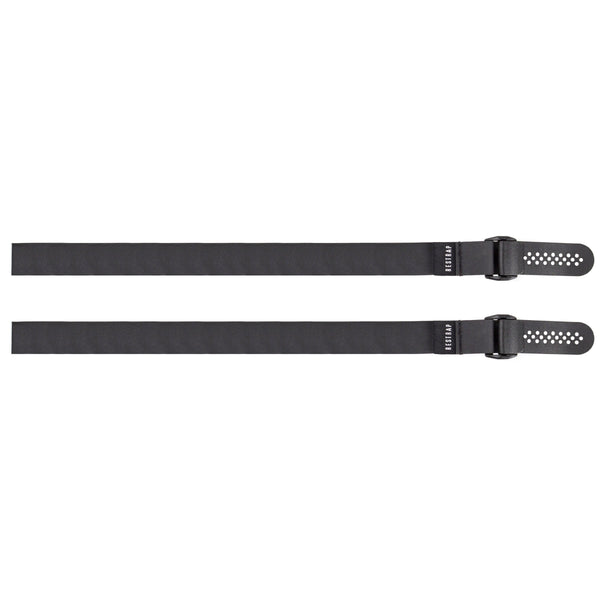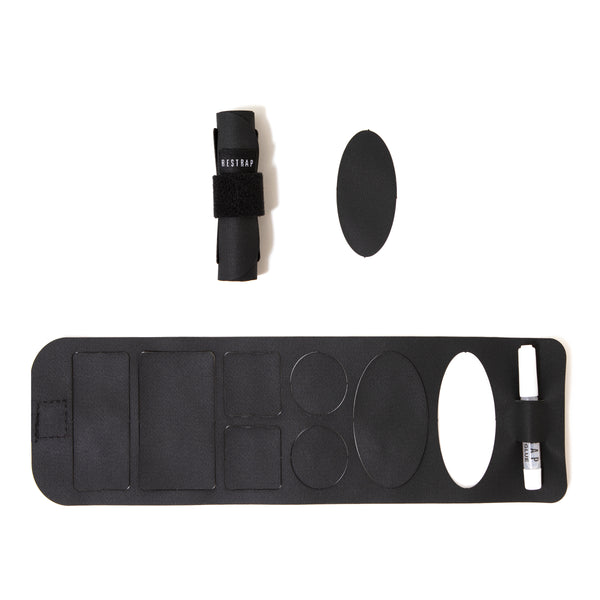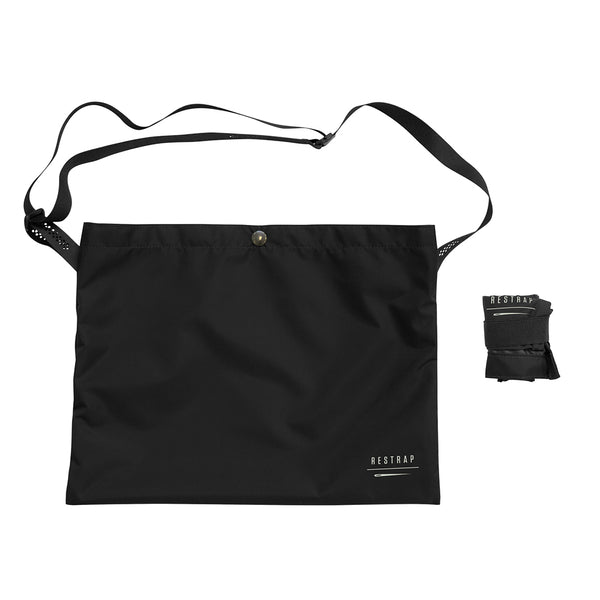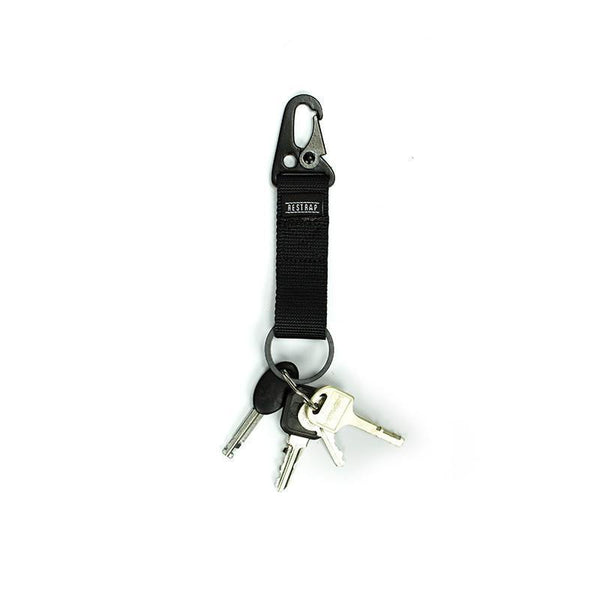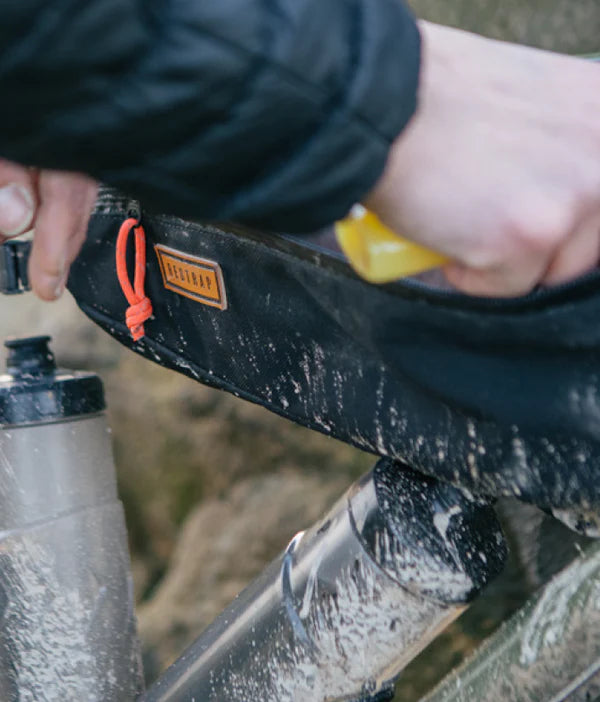Your cart is empty!
5 Common Myths About Ultra-Race Training

Samuel Thompson is an ABCC Level 3 cycling coach and accomplished ultra-distance competitor who, via his coaching & consultancy enterprise Acier, specialises in preparing cyclists for ultra-distance, self-supported events. Here he highlights five common misconceptions relating to training and preparing for an ultra-distance race. His aim is to raise awareness of what makes ultra-racing unique and better you to tailor your approach accordingly... and most importantly, have the most fun possible!
MISCONCEPTION 1
ALL YOU NEED TO DO IS TRAIN
One of the fundamental principles of training and preparation is specificity. Train as hard and you like, but if that training isn’t tailored for the specific demands of your race then your experience of that event is going to be far from optimal. More importantly though, it is also likely to be less enjoyable. And cycling, however far, should always be fun.

Much of the advice and guidance around cycling training and race preparation is naturally guided towards the traditionally more popular shorter distances. If you are embarking on your first ultra-distance race you may be drawn towards using these resources to guide your approach. However, this is far from the ideal way to prepare for and to get the most out of the experience. Not only are there distinct physical demands, for self-supported races; we must consider the additional challenges of sustaining oneself for multiple hours or days on end.
I can follow a generic training plan to get me in optimal condition for an ultra-distance race. Following a training plan is, in principle, no bad thing. Structure and consistency will go a long way to improving your general fitness. But generic plans – by definition – lack specificity. The next thing to ensure is that your plan is tailored for ultra-distance. The terms ‘endurance’ and ‘long-distance’ are often employed but usually refer to events of 6 hours or less. The physiological adaptations these plans are targeting will therefore be less suitable if your race exceeds these durations.

Next, consider whether your plan is suitable to the particular demands of your event. For example the amount of climbing (and whether these climbs are short & sharp or long alpine drags and if there are technical aspects).
Also ensure that you are not focusing solely on doing ever-longer weekend rides, neglecting other important training elements. Long rides are an essential component of any ultra-distance training plan, but must be carefully scheduled and progressive, with adequate time to recover and allow for supercompensation.
MISCONCEPTION 2
FTP IS THE MOST IMPORTANT TRAINING METRIC TO TRACK AND IMPROVE
FTP is a single metric, with a slightly more nuanced definition than is commonly assumed. It is effectively the power that one can sustain in a quasi-steady state without rapidly fatiguing and is associated with the second lactate turnpoint (LT2). This duration is usually around an hour for most people but can vary significantly for individuals. Fatigue is associated with the build-up of metabolic waste products and can be measured through, but not necessarily due to, rising blood lactate levels (NOT lactic acid!). As long as an effective and consistent testing protocol is used, FTP can be a useful metric to begin assigning training zones.

Improving FTP does not guarantee performance gains over multiple hours or days, though. When riding for these durations you are likely to be spending most of your time riding at an intensity below or close to the first lactate turnpoint (LT1), also known as the Aerobic Threshold. This is where the body shifts from primarily metabolising fat as a fuel source towards carbohydrates. This intensity is found roughly at the top end of Z2 and can theoretically be maintained forever, given adequate fueling (until other factors intervene). So being able to ride at a consistently higher power around LT1 is far more important than simply focusing on an approximate power that you can produce for roughly an hour.
MISCONCEPTION NUMBER 3
BIKE FIT AND OFF-BIKE TRAINING ARE OPTIONAL EXTRAS
Follow any ultra-distance event and you will see a long list of people having scratched due to injuries associated with sitting in an uncomfortable position on a bicycle for an extended period of time engaging in a repetitive activity. Consulting a bike fitter may be seen as yet another expense in what is already far from a cheap pursuit. However, when the cost/benefit ratio is compared to that of, say, buying a new set of carbon wheels, the true value can be appreciated. A bicycle which seems to fit perfectly for a day ride can transform in to a machine of torture when ridden consecutively for several days. The smallest imbalance can have an outsized impact on both your comfort and performance. And these two factors are inextricably intertwined, particularly for ultra-distances.
In any case, core and functional training should be viewed as a key element of your routine. Maintaining an effective and comfortable posture on the bike necessitates the use of muscles located elsewhere than just in your legs. Deficiencies in core strength can have knock-on effects manifesting themselves elsewhere, such as knee or neck pain. You may also have to carry or walk with your bike, particularly where there are technical off-road elements, requiring more full-body engagement. We are not necessarily talking about lifting heavy weights here, a routine involving core and functional body-weight exercises will go a long way to preventing common overuse injuries and improving all-round health & fitness.
MISCONCEPTION NUMBER 4
I NEED TO FOCUS MOST OF MY ENERGIES ON PHYSICAL PREPARATION
Self-supported ultra-endurance races are fascinating because they require skills, organisation and planning that go well beyond the purely physical elements. The strongest, fittest rider isn’t always the most successful. In fact, huge competitive advantages can be had through intelligent planning and research before the event has even started. Your physical capabilities can take you so far, but when you find yourself out of food and water with no resupply options nearby, you won’t be moving very fast.

Invest time in addressing the logistical challenges of the event. Even if there is a fixed route and some information provided by the organiser around resupply options, do your own research to ensure that you know where and when you will be able to sleep and eat. Pinpoint remote sections and if there are stretches that pose specific challenges, such as ‘gravel’ sections on primarily road events. Experiment with your kit and gear choices during training rides. Don’t just copy what others are using, find what works for you through research and an element of controlled trial & error.
MISCONCEPTION NUMBER 5
I CAN FIGURE OUT HOW TO SOLVE PROBLEMS IF AND WHEN THEY ARISE
The more you can do to prepare in advance, the less you will have to think about and do in the moment. Some potential problems can be precluded through effective preparation and ensuring that you and your bicycle commence the event in optimal condition. Knowing yourself and your response to environmental conditions, varying states of fatigue and nutrition/hydration issues is important. This can only come through experience and purposeful, specific practice. If there is likely to be night riding, practise riding at night. If there is likely to be extreme heat, consider heat adaptation protocols. If you are likely to only be able to find croissants to eat, practise fuelling on croissants.

Other issues may be unexpected in terms of when they arise, but that doesn’t mean they cannot be anticipated and considered in advance. Think about conducting a ‘pre-mortem’ - brainstorming all realistic eventualities that could hinder your ability to complete the event and how you will deal with them if and when they occur. Beyond mechanical issues and being familiar with most roadside repairs, consider how you will react to emotionally low moments and have a psychological (as well as mechanical) toolkit ready to employ.
All images credit @Bite.of.me and @biziosona, taken on Samuel's recent Transiberica race, where he put his approach into practice and came a creditable 8th in a strong field.














